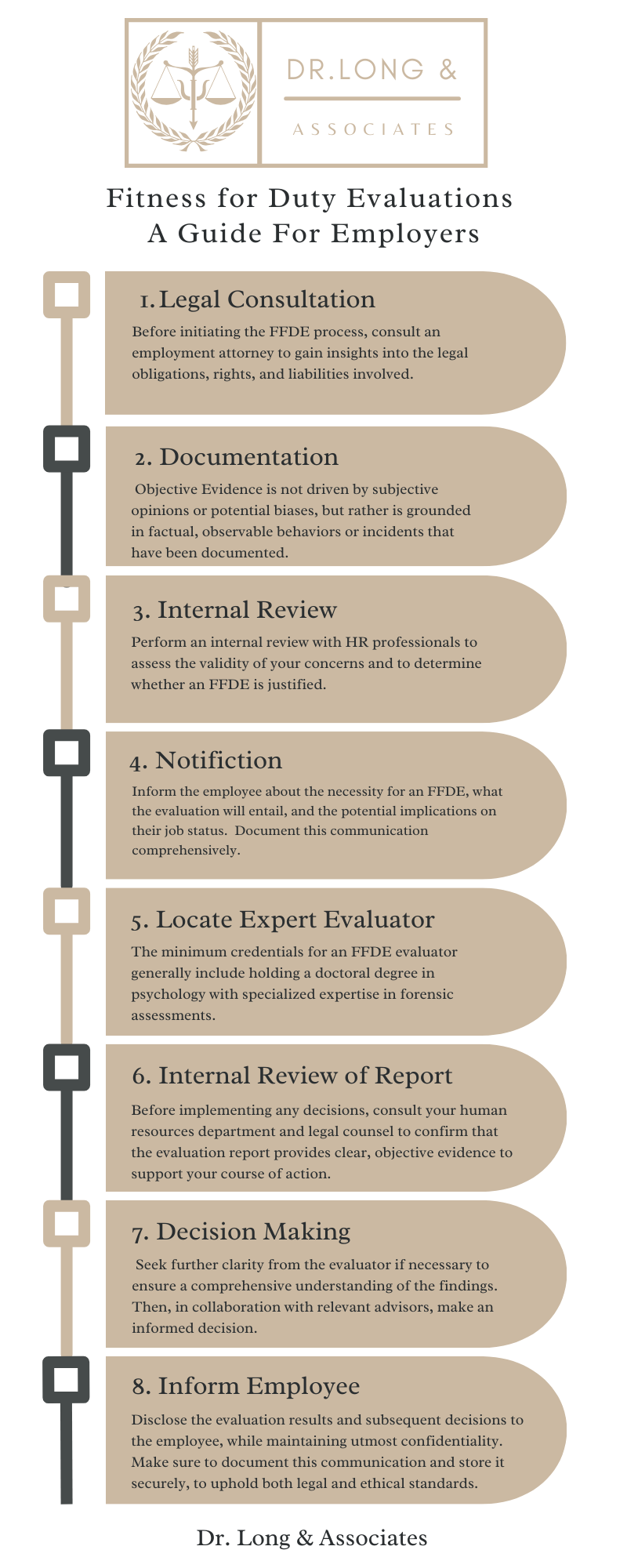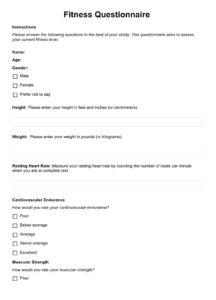Ensuring your employees are fit for duty is crucial for maintaining a safe and productive workplace. A fit for duty program template provides a structured approach to assess and manage employees’ fitness for work. This article will explore the key components of a fit for duty program template and provide guidance on developing an effective program.

Developing a fit for duty program template is essential for organizations of all sizes. It streamlines the process of assessing employee fitness, ensuring consistency, and reducing subjectivity. Moreover, it helps organizations comply with legal requirements and mitigate risks associated with workplace accidents and illnesses.
Key Components of a Fit for Duty Program Template
An effective fit for duty program template should include the following key components:
- Employee Screening: This includes conducting thorough medical examinations, reviewing medical records, and assessing any potential limitations or restrictions.
- Job Analysis: Identifying the essential physical and mental demands of each job role helps determine the fitness requirements for employees.
- Assessment Criteria: Establishing clear and objective criteria for evaluating an employee’s fitness for duty, based on job requirements and medical information.
- Accommodation Plan: Developing strategies to accommodate employees with limitations or restrictions, enabling them to perform their jobs safely and effectively.
- Monitoring and Follow-up: Establishing regular check-ins and monitoring mechanisms to track and review employees’ fitness status over time.
Implementing a Fit for Duty Program Template
Implementing a fit for duty program template involves the following steps:
- Develop a Policy: Establish a clear policy outlining the purpose, scope, and procedures of the program.
- Provide Training: Educate supervisors and managers on the program’s objectives and how to conduct fitness assessments.
- Establish a Medical Provider Network: Partner with qualified healthcare providers to conduct medical examinations and provide medical guidance.
- Communicate with Employees: Inform employees about the program, its benefits, and their roles and responsibilities.
- Document and Track: Maintain accurate records of fitness assessments, accommodations, and any related incidents or issues.
A well-implemented fit for duty program template benefits organizations in numerous ways. It promotes workplace safety and reduces the risk of accidents and injuries. By ensuring employees are physically and mentally capable of performing their jobs, it improves productivity and efficiency. Furthermore, it fosters a positive work environment by addressing concerns about fitness and accommodations, demonstrating the organization’s commitment to employee well-being.
Regularly reviewing and updating your fit for duty program template is essential to ensure it remains effective and compliant with changing regulations and industry best practices. By investing in a comprehensive fit for duty program, organizations can create a safer and more productive workplace while protecting employees’ health and well-being.
